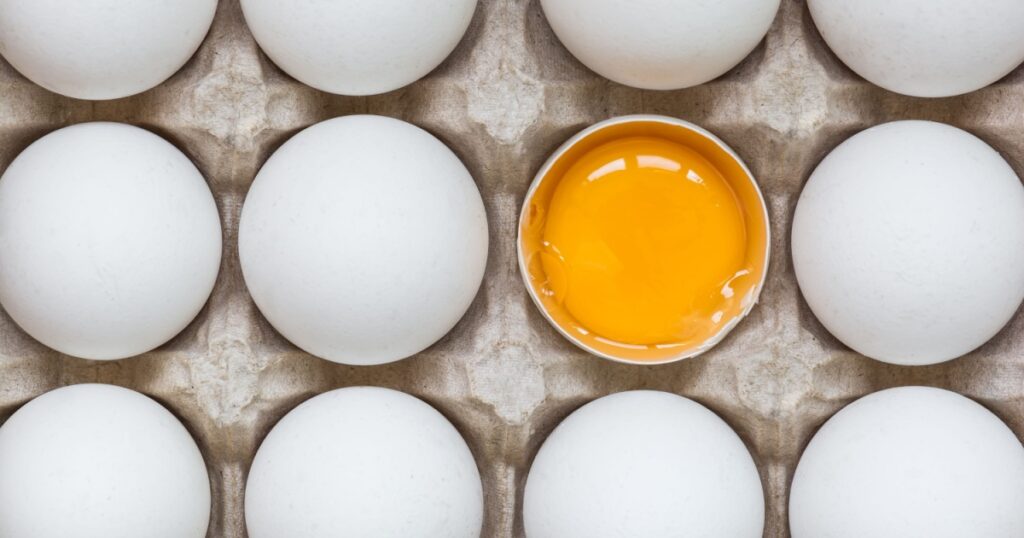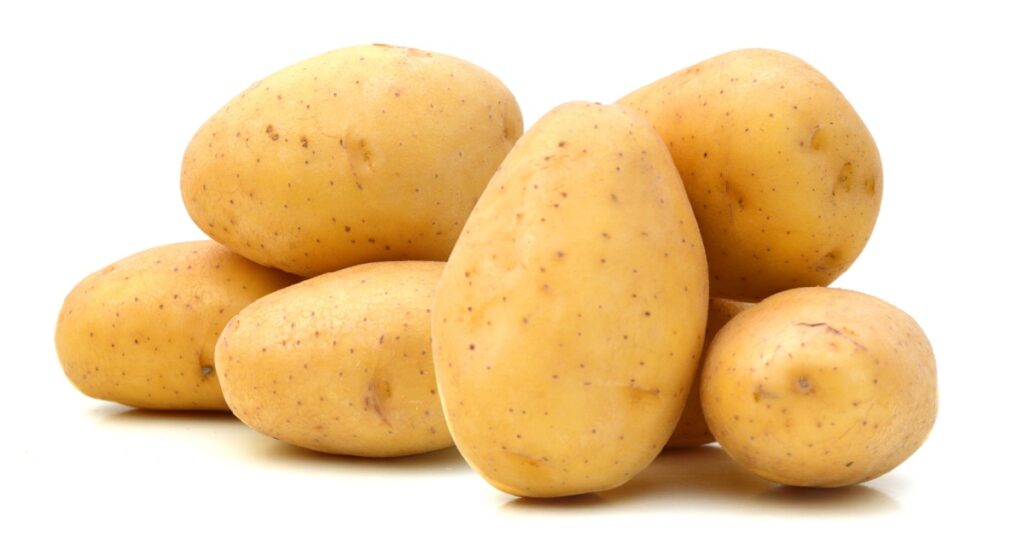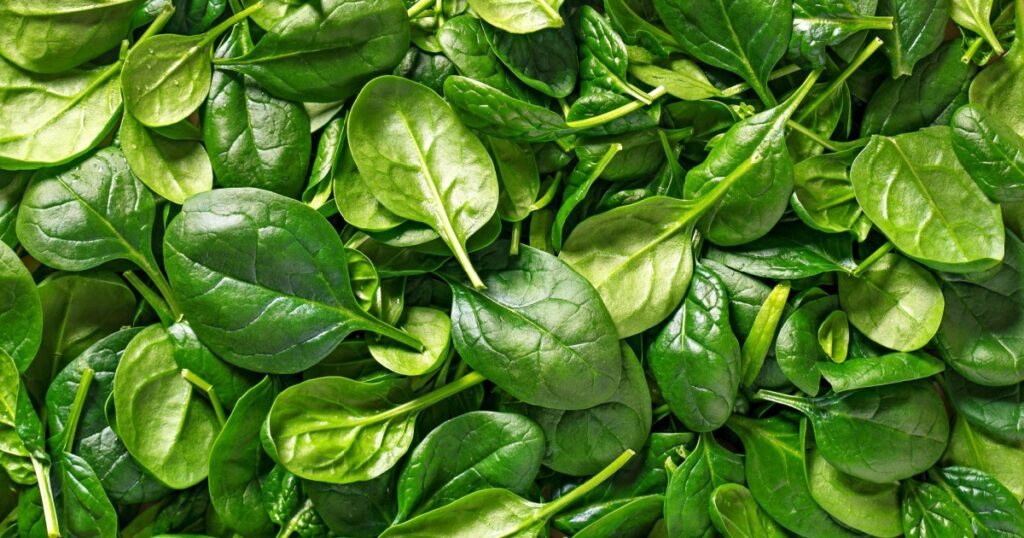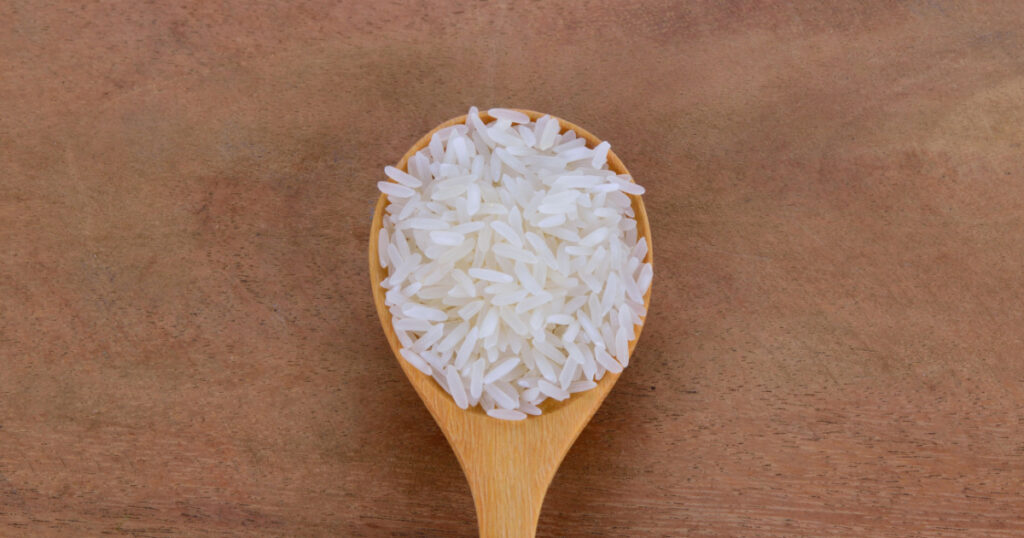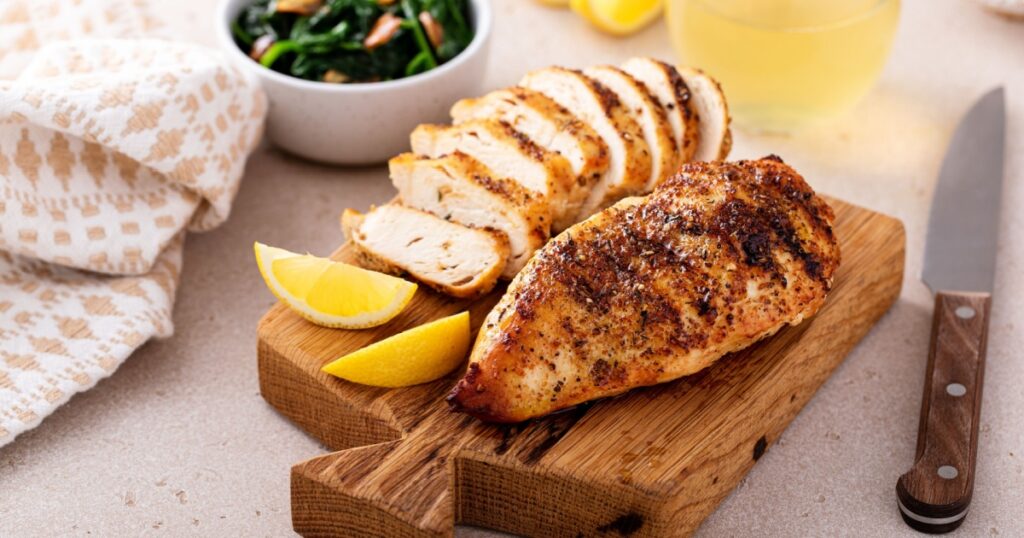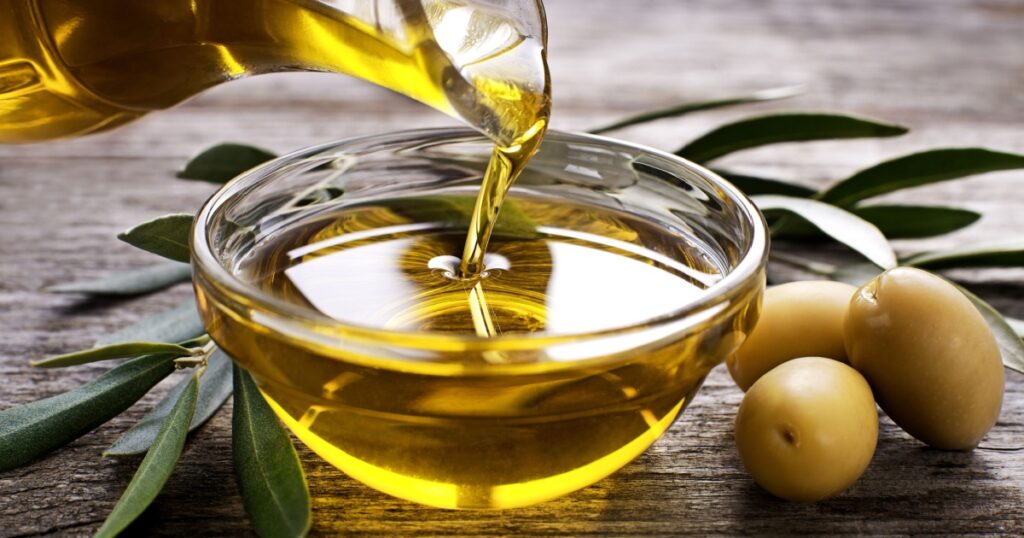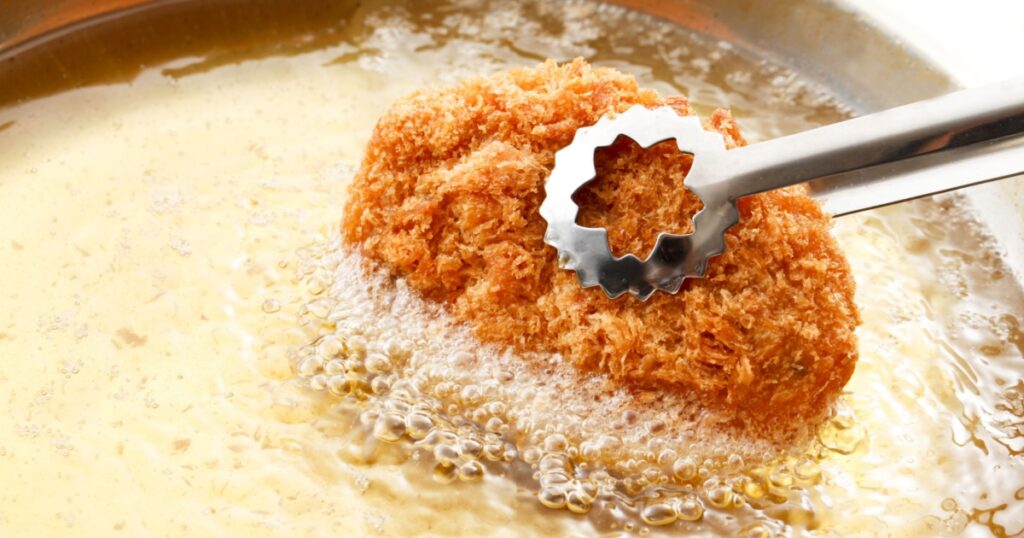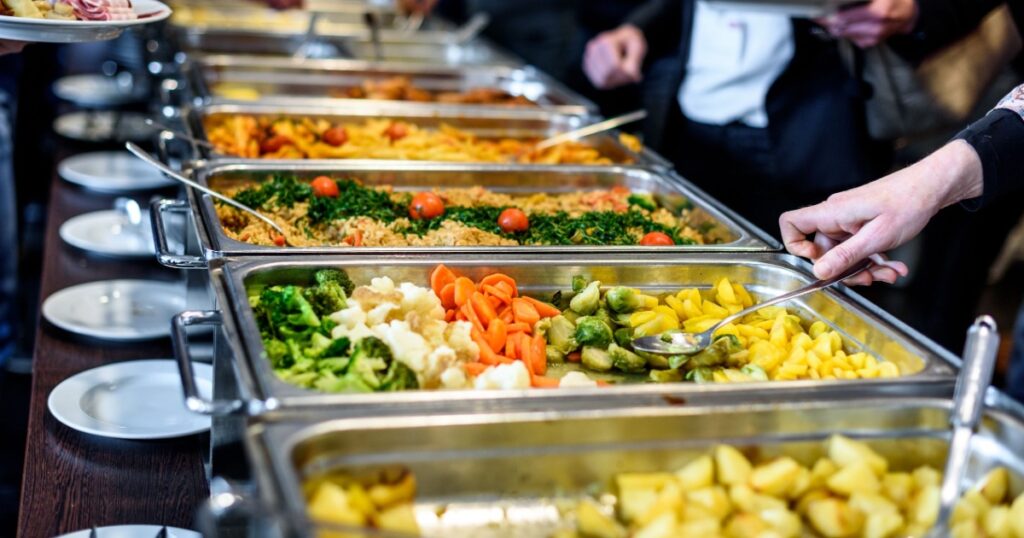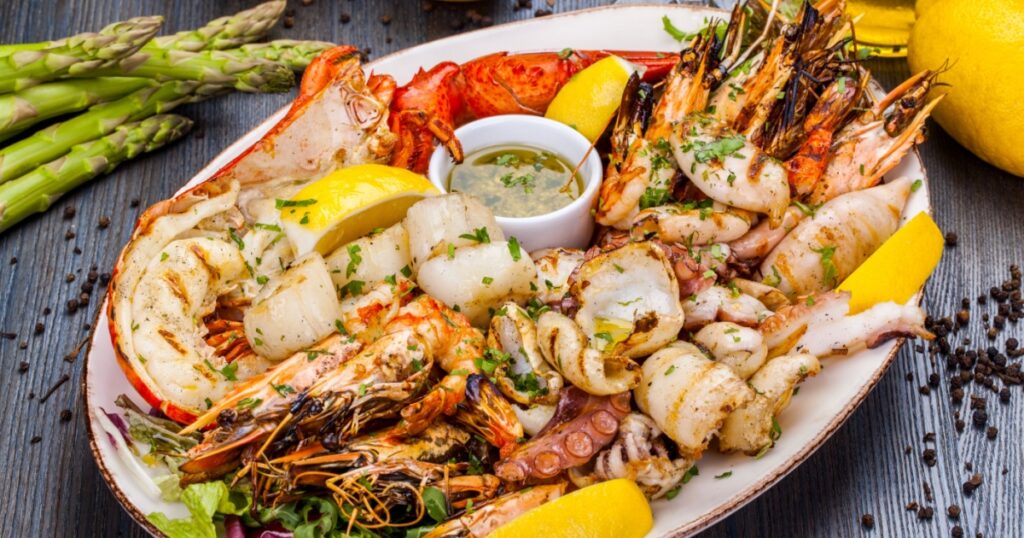In today’s busy world, where time is often at a premium, using leftovers in the kitchen can be a lifesaver. Not only does it help reduce food waste, it also saves valuable time and effort. However, care must be taken when handling leftovers, as improper handling and heating can pose serious health risks. From eggs to fish, various food scraps can become a breeding ground for bacteria if not stored or heated properly. Therefore, understanding proper food safety and storage practices is essential to avoid the potential health hazards associated with eating leftovers. Let’s dive into the specifics of these safety precautions and explore some common leftovers that could make us nauseous if not handled with care.
One easy way to reduce food waste and save time in the kitchen is to use leftovers. However, not every product that has been refrigerated for a while is safe to consume again. If leftovers are not handled and heated properly, they can become a breeding ground for bacteria and pose major health hazards. Let’s discuss good food safety and storage practices and look at 11 common leftovers that could make you sick:
1. egg
2. Salad
Although beets have several health benefits, improper cooking can produce harmful molecules called carcinogenic compounds. Nitric oxide from beets does not react well to heat and can produce toxic nitrosamines. So maybe limit yourself to cold leftovers.
3. Potatoes
Although potatoes are known as a “whole food”, if stored improperly and allowed to cool, they can contain the neurotoxin Clostridium botulinum, which is really dangerous.
Bacterial growth thrives in an oxygen-poor environment, such as a baked potato wrapped in foil. Be careful when heating and storing potatoes.
4.Spinach
When leftovers are heated improperly, the nitrates in spinach can turn into nitrosamines, which can also cause spinach mouth. Again, nitrosamines are dangerous and pose a significant cancer risk. Because their bodies are still developing, infants are especially susceptible to nitrite exposure.
5. Breastfeeding
Although breast milk is very nutritious, if it is not heated properly, it can turn into a haven for bacteria. Dr. Shelke actually recommends heating breast milk because it can contain bacteria from the baby’s saliva and cause stomach upset. Leave it alone if you’ve already used it once.
6. Rice
While leftover rice is great for frying, it also serves as a breeding ground for Bacillus cereus bacteria, which grow rapidly at room temperature. 3. Food must be properly frozen within two hours of cooking to prevent bacterial growth and prevent foodborne illness.
7. Hen
The importance of fully cooking and reheating chicken cannot be overemphasized, as raw chicken is the poster child for salmonella outbreaks. Additionally, you should be careful to freeze leftover chicken immediately to prevent bacterial infection.
8. Pressed cold oils
Oils high in omega-3s, such as olive and flaxseed, are sensitive to heat and can go rancid when reheated. Dr. Shelke suggests that dishes containing these oils may have reduced nutritional integrity. So when cooking with these types of oils, try to ensure that the portion size lasts for at least two meals, but no more than three.
9. Saturated foods
When microwaved, fatty foods such as French fries can release toxic fumes and lose some of their nutritional value. To reduce health problems, a safer alternative is to heat the greasy residue in the oven or pan.
10. Buffet kitchen
For this reason, it is generally dangerous to eat in buffets. Food trays often do not keep food at the correct temperature, which encourages the growth and reproduction of bacteria. Buffet items, even at home gatherings, should be refrigerated immediately after guests finish to stop the growth of bacteria and foodborne illness.
11. Fish
In conclusion, while using leftovers can be a convenient way to reduce food waste and save time in the kitchen, it’s important to handle and reheat them properly to avoid potential health risks. Improper handling and heating of leftovers can lead to bacterial growth and the formation of harmful compounds that pose a significant health hazard. From eggs to fish, various food scraps require careful attention in storage and heating to ensure safety. By following proper food safety guidelines, such as cooling leftovers quickly and reheating them thoroughly, individuals can enjoy the benefits of leftovers without putting their health at risk. Additionally, awareness of specific foods prone to bacterial growth or degradation upon reheating can help individuals make informed decisions about which leftovers to consume. Overall, the application of appropriate food safety measures is essential to protect against foodborne illness and to promote overall well-being.
